In May, I will be in London with a tour group, visiting the Chelsea Flower Show, which this year runs from May 21 to 25 in its usual spot on the grounds of the Chelsea Hospital by the Thames.
This is always an exciting event. Chelsea is the world’s premier show. There are many others, of course, but Chelsea remains top of the heap.
I always enjoy seeing the magnificent main show gardens and the other side gardens, such as the Artisan Gardens, which are tucked away but are nonetheless attractive.

There will be a total of 26 gardens, most of which will be focusing on environmental and feel-good themes, some with special emphasis on woodlands and children’s gardens and charitable work.
There will be one promoting a sanctuary for donkeys. Another will focus on the important work of making space for girls in Africa to grow.
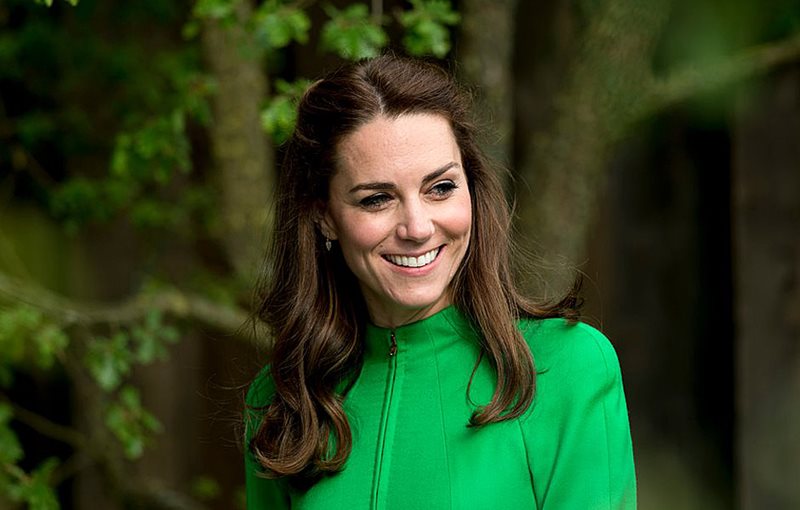
Princess Kate, the Duchess of Cambridge, will be stepping into the show this time to partner with landscape architects Davies White on the design of a Back to Nature woodland play area for children with the emphasis on safety.
One of my favourites at the show over the years has been gold-medal winner Andy Sturgeon, who always comes up with a cracking garden.
He will be back this year with a garden for M&G Investments that was inspired by rock formations he saw on a beach in Australia.
Apparently, the garden will consist of young trees, ferns and flowers set in a landscape of stone platforms and burnt timber sculptures.
With pioneering plants and jewel-like flowers, the garden will have primordial equisetum and restios giving the landscape an “ancient quality”.
Water will pour from hand-crafted spouts into a series of pools and streams trickling down through the garden alongside a staircase of vast stone platforms before ending in a tranquil pool.
Gravel paths will wind through the predominantly green planting to a number of gathering places and viewpoints.
Here’s a quick look at some of the other gardens that caught my eye on a list just released by the show’s organizers, the Royal Horticultural Society.
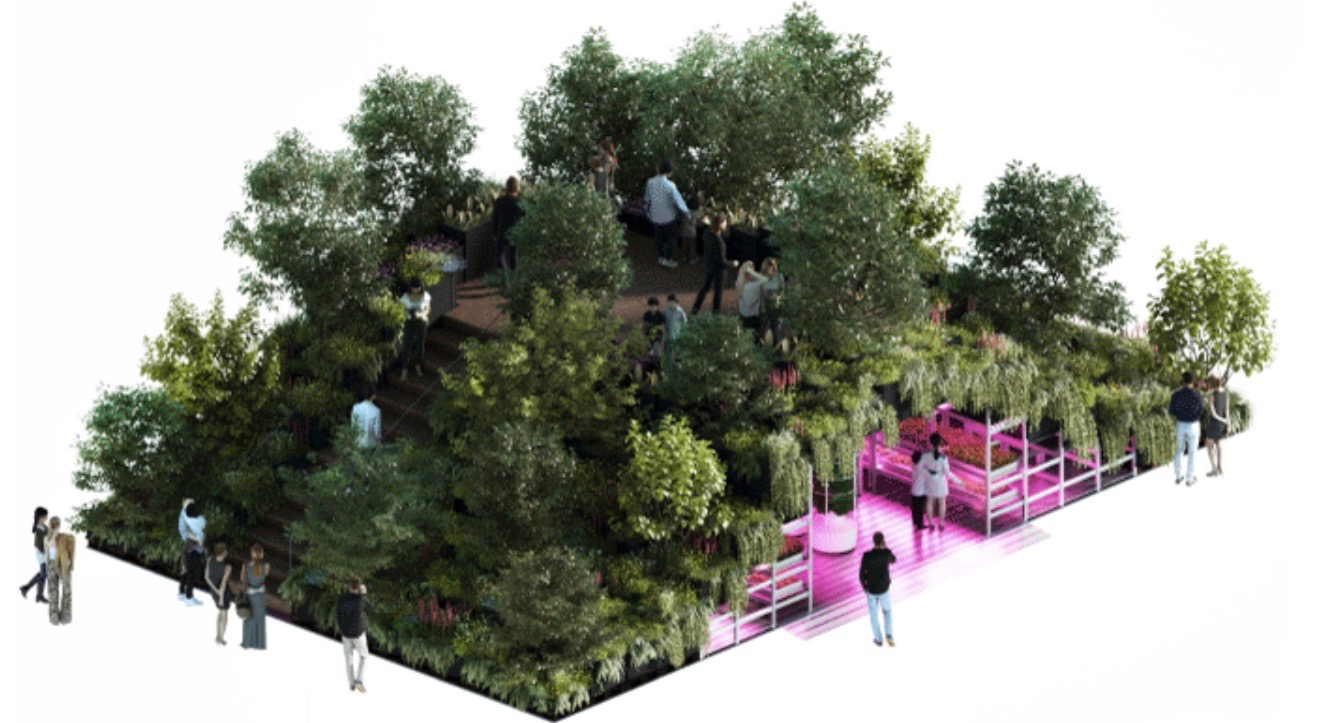
Gardening will Save the World designed by Tom Dixon who has partnered with Ikea to imagine the future of urban farming.
The gardens, divided into two levels, is designed as an experimental model for growing plants in the urban environment and will explore the contrast of the super-natural and technological to explore the future of growing.

The Dubai Majlis Garden designed by Thomas Hoblyn has been inspired by the sculptural beauty found in “arid landscapes, from wind-blown sand dunes and river-eroded rock to the man-made hillside terraces and the goat-browsed topiary-esque plants that colonize them. “
A sand-dune-inspired pavilion will be the main destination and provide a calm and contemplative space for young people to meet.
The garden will uses materials to evoke a Middle Eastern feel such as white limestone and contrasting burnt Sienna gravel that mimics eroded rock and ferruginous soils often seen in arid locations.
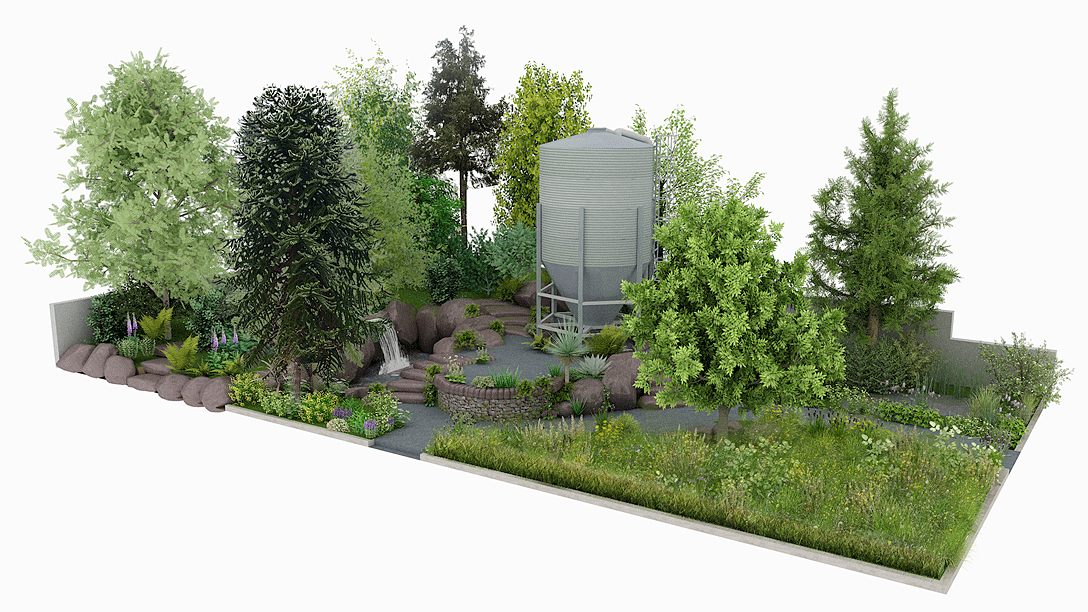
The Resilience Garden designed by Sarah Eberle for the Forestry Commission will be look ahead to the challenges facing forests of the future.
It intends to explore how our woodlands can be made resilient to a changing climate and the increasing threats of pests and diseases.
Set within the British countryside, visitors to the garden can expect to learn about these challenges, and what action is being taken to ensure our forests are healthy for generations to come.
The garden will feature exotic species alongside native species – specially selected to thrive in habitats that mimic existing and probable effects of climate change.

The Trailfinders “Undiscovered” Latin American Garden desired by Jonathan Snow has been inspired by the temperate rainforests of South America.
Built on a steep slope, the garden will be covered in a lush, temperate rainforest planting that enjoys high rainfall, cool temperatures, and wet conditions underfoot.
It will also feature a dramatic waterfalls cascade into a pool, and a striking red walkway winds its way through the garden, around the waterfalls and among the planting.
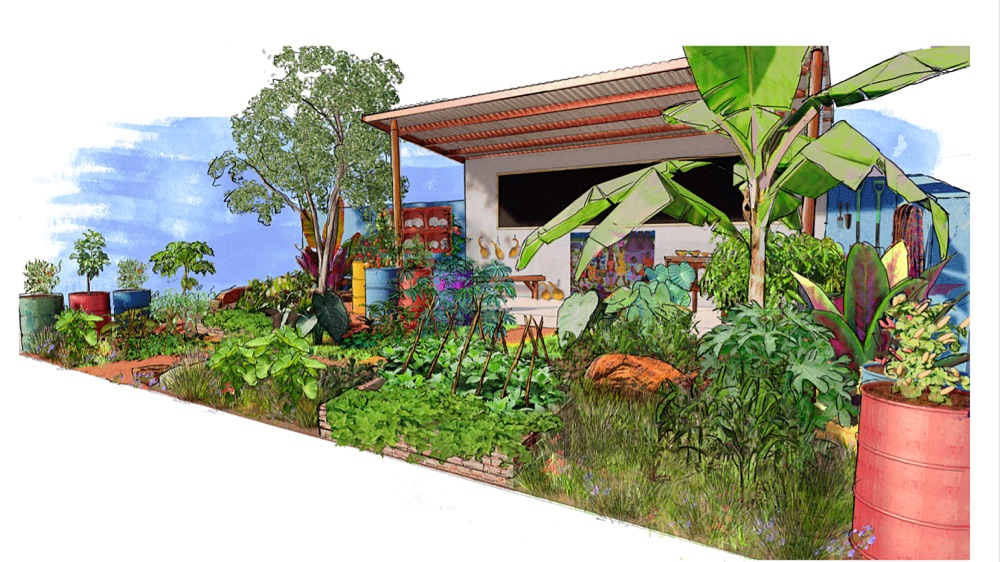
The garden – Giving Girls in Africa Space to Grow – is being designed by Jilayne Rickards for Campaign for Female Education (CAMFED) to capture the spirit of Africa with its vibrant colours and exotic flavours.
A representation of female-led, climate-smart agriculture in sub-Saharan Africa, it will feature edible crops, so vital in helping children to thrive.
Iron-enriched beans, papaya and banana trees, sweet potatoes and grain crops grow in a landscape of red soil and rocks.
At its heart of the garden will be a rural Zimbabwean classroom, constructed faithfully in rendered concrete blockwork, concrete roof tiles and floors.
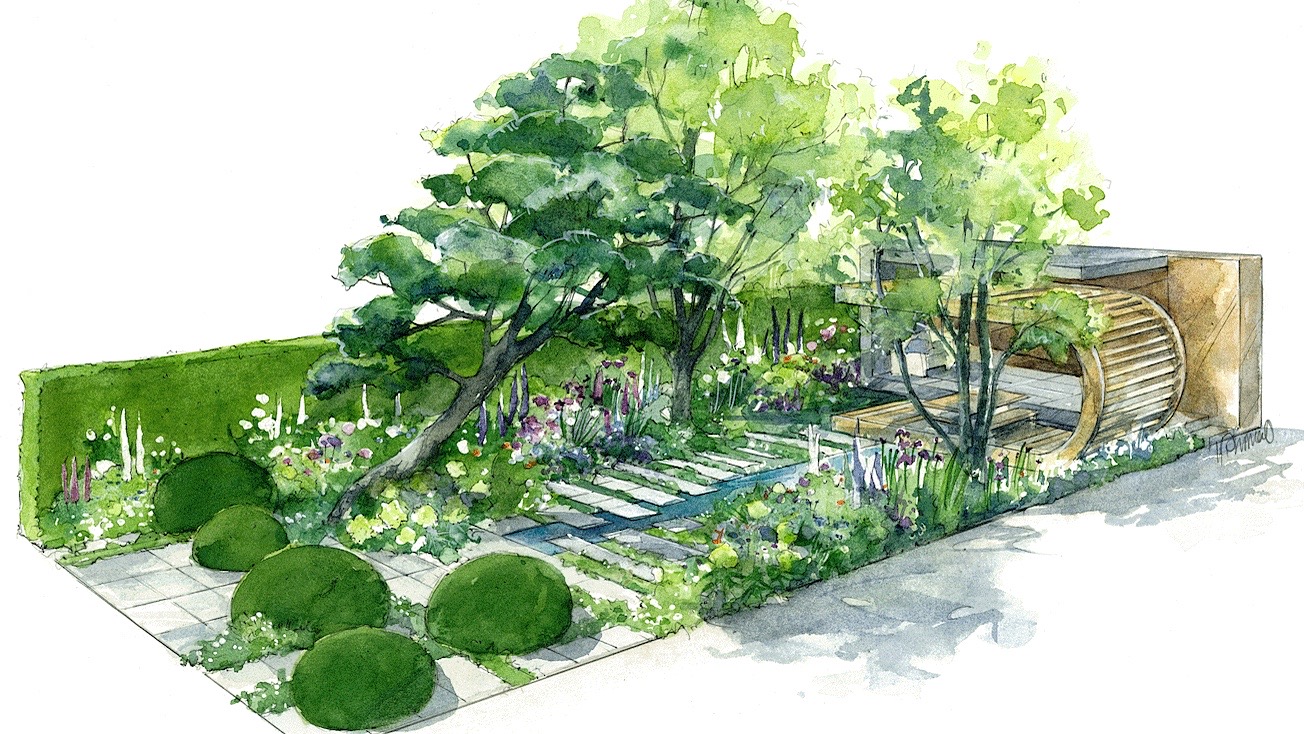
The Morgan Stanley Garden designed by Chris Beardshaw will celebrate the marriage of traditional herbaceous borders within a contemporary garden setting.
The garden will open onto a formal porcelain terrace, punctuated by dramatic Taxus domes.
A fragmented linear path steps over and along a rill will provide a central axis through the garden.
Verdant perennial borders and large structural trees will flank the path that leads to a louvred timber relaxation pod.
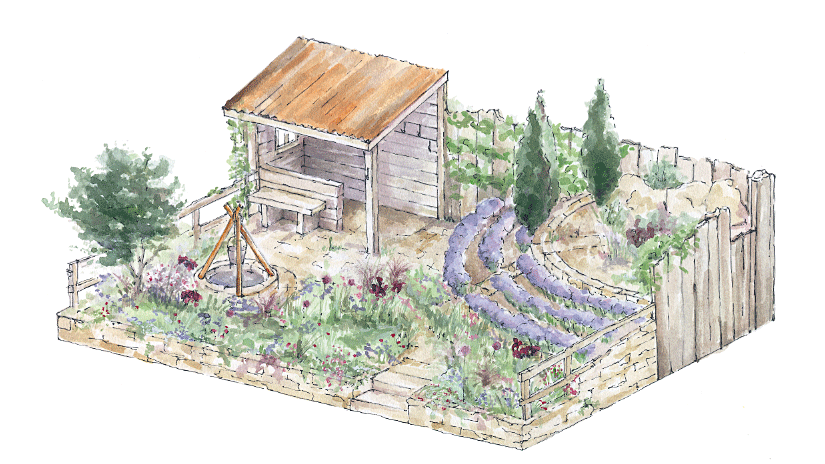
In the Artisan gardens sections, there will be a Walker’s Forgotten Quarry Garden and a garden called Donkey Sanctuary: Donkeys Matter, celebrating the donkey charity’s 50th anniversary.

















